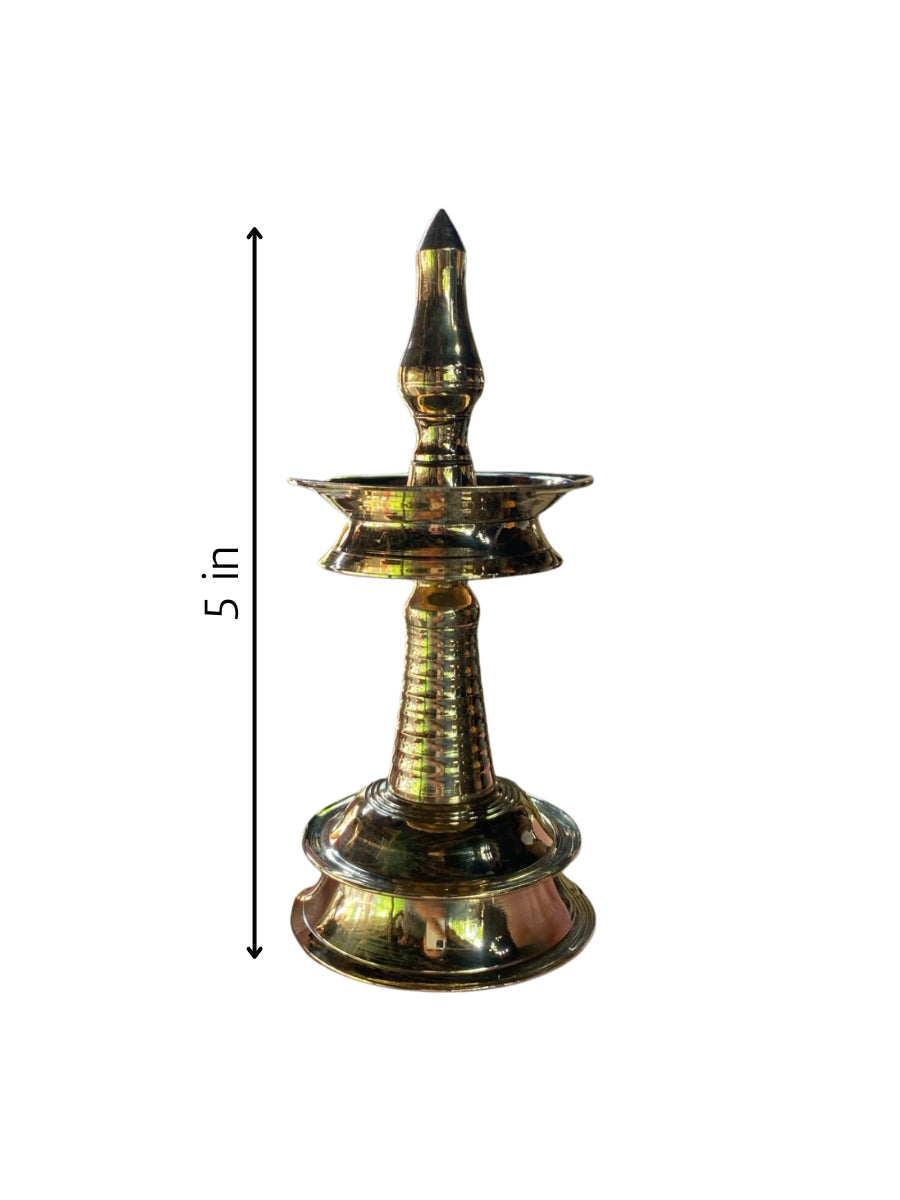Metalcraft in India has a history dating back centuries with references found in archaeological excavations like Dancing Girl of Harappa. Over time, this craftsmanship flourished under the patronage of various dynasties, including the Mauryas, Guptas, and Mughals, each contributing to its refinement and innovation.
Details
Legend has it that the art of brass metal craft was passed down through generations of skilled artisans, who drew inspiration from Hindu mythology, epic tales, and everyday life. Brass metal craft encompasses a wide range of techniques, including casting, forging, engraving, and embossing. Artisans employ a combination of hand tools and traditional methods to shape raw brass into exquisite works of art. Intricate designs, motifs, and patterns are meticulously crafted onto brassware, ranging from utensils and sculptures to decorative items and religious artifacts. Common motifs include depictions of gods and goddesses, mythological creatures, flora and fauna, and geometric patterns. Brassware remains highly sought after both domestically and internationally, prized for its aesthetic appeal, durability, and cultural significance.
FAQs
What are the benefits of using brass for home decor?
Brass has a timeless appeal with its warm, golden hue, adding elegance and a touch of traditional charm to home decor. It is durable, resistant to corrosion, and can be intricately designed, making it ideal for both decorative and functional items.
How do I identify high-quality brass crafts?
High-quality brass crafts will have a smooth finish, even color, and precise detailing. The item should feel heavy for its size, indicating solid brass rather than a thin coating. Look for consistent craftsmanship, particularly in intricate areas like engravings and joints.

 Request Price
Request Price
 Request Price
Request Price
 Request Price
Request Price
 Request Price
Request Price
 Request Price
Request Price
 Request Price
Request Price
 Request Price
Request Price
 Request Price
Request Price






























































